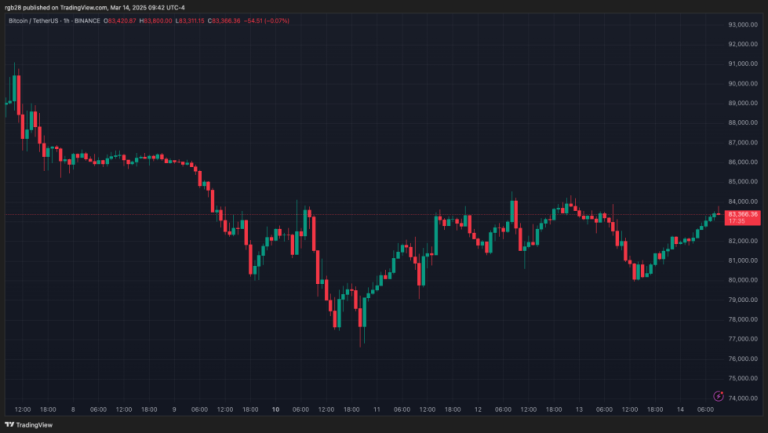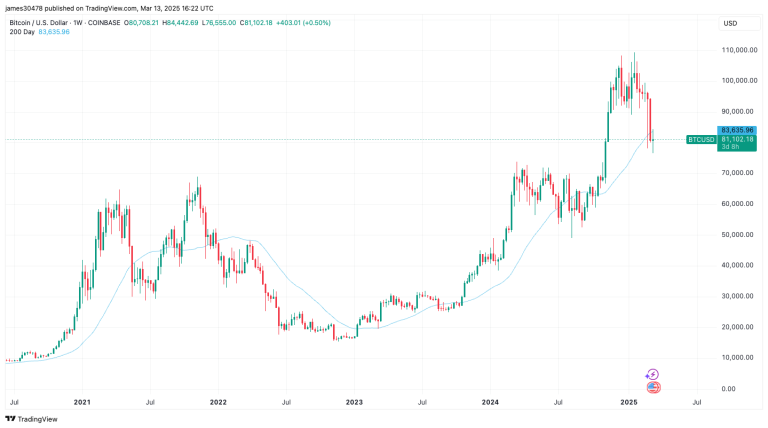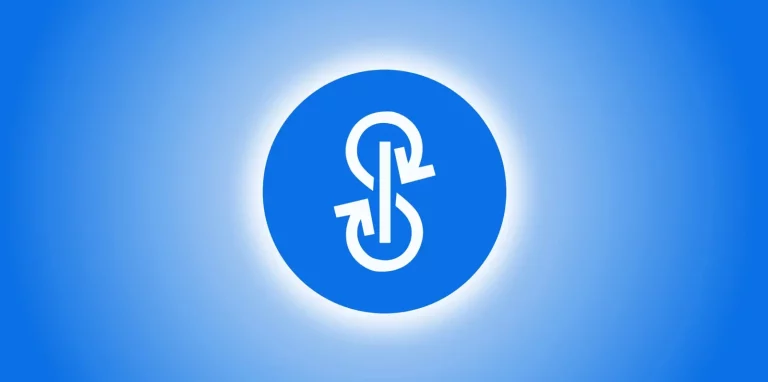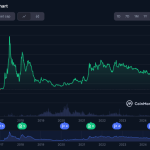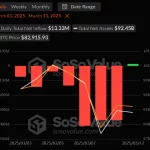Cardano’s ADA token has seen a surge in trading volumes, reaching around $720 million daily in February and exceeding $1.4 billion in March.
This increase was triggered by a social media post from U.S. President Donald Trump, mentioning ADA as part of the nation’s strategic crypto reserve.
Despite this mainstream attention, Cardano has quietly become a crypto powerhouse since its launch in late 2017.
Adoption metrics
The ADA token has a market cap of $25.6 billion, with over 5 million unique wallets and 1.3 million delegators on the Cardano blockchain, along with thousands of new wallets created daily, as per data from Google.
Cardano Foundation CEO Frederik Gregaard emphasizes non-value transactions like decentralized ID minting and metadata tracking on the blockchain, rather than total value locked (TVL).
Cardano has partnered with Veritree to plant mangrove trees in Kenya using ADA donations tracked on the blockchain.
The Cardano Foundation also announced a partnership with SERPRO to promote blockchain adoption in South America.
Cardano’s focus on real-world use cases sets it apart from other networks emphasizing TVL, memecoins, and NFTs.
DeFi on Cardano
Cardano hosts a thriving DeFi ecosystem, including Minswap as its native DEX, with a total trading volume of $3.4 billion and lending protocols like Liqwid and Lenfi with a TVL of $116 million.
Despite the DeFi activity, Gregaard aims to maintain a balance between financialized and non-financial transactions to align with Cardano’s non-profit ethos.
Cardano Foundation vs Hoskinson vs Emurgo
Challenges arise from the three entities governing Cardano: the Cardano Foundation, Charles Hoskinson’s IOG, and Emurgo, with occasional friction between them.
The entities aim to work closely together, with the Cardano Foundation acting as the liability umbrella for the community and blockchain.




